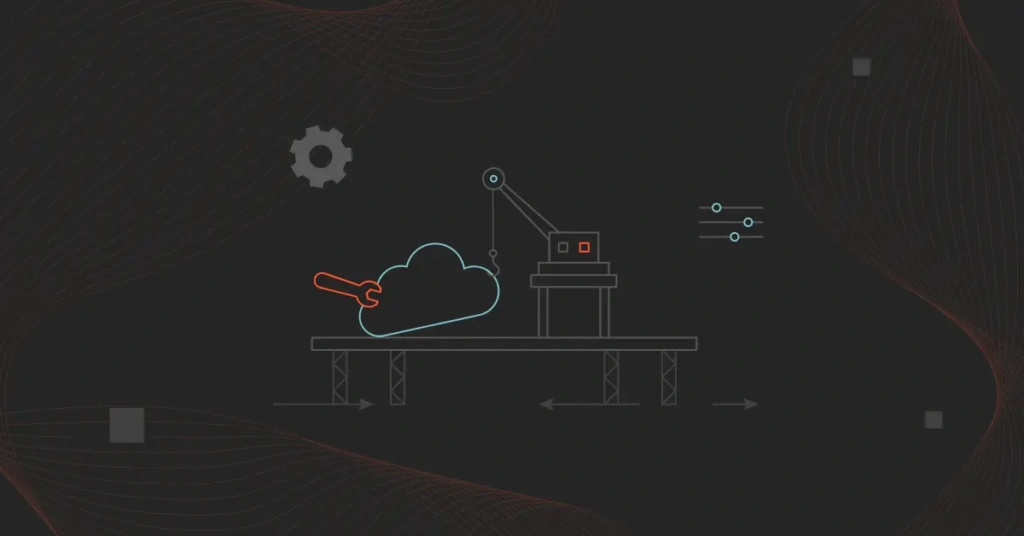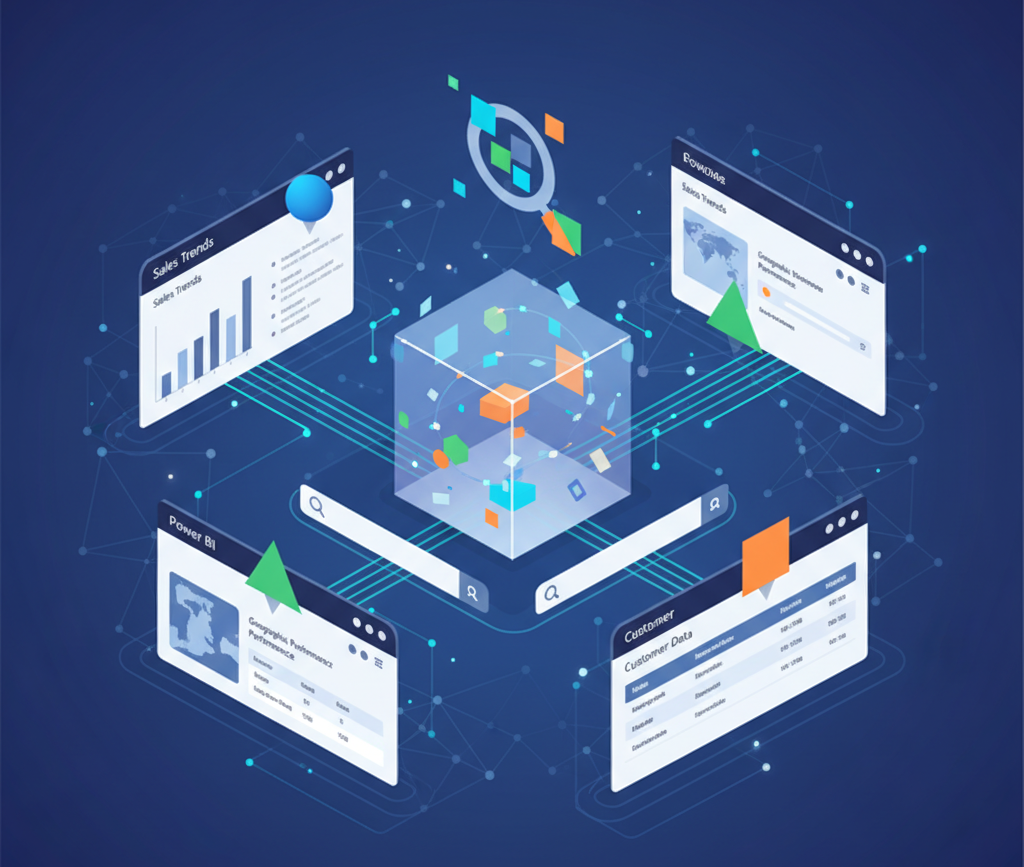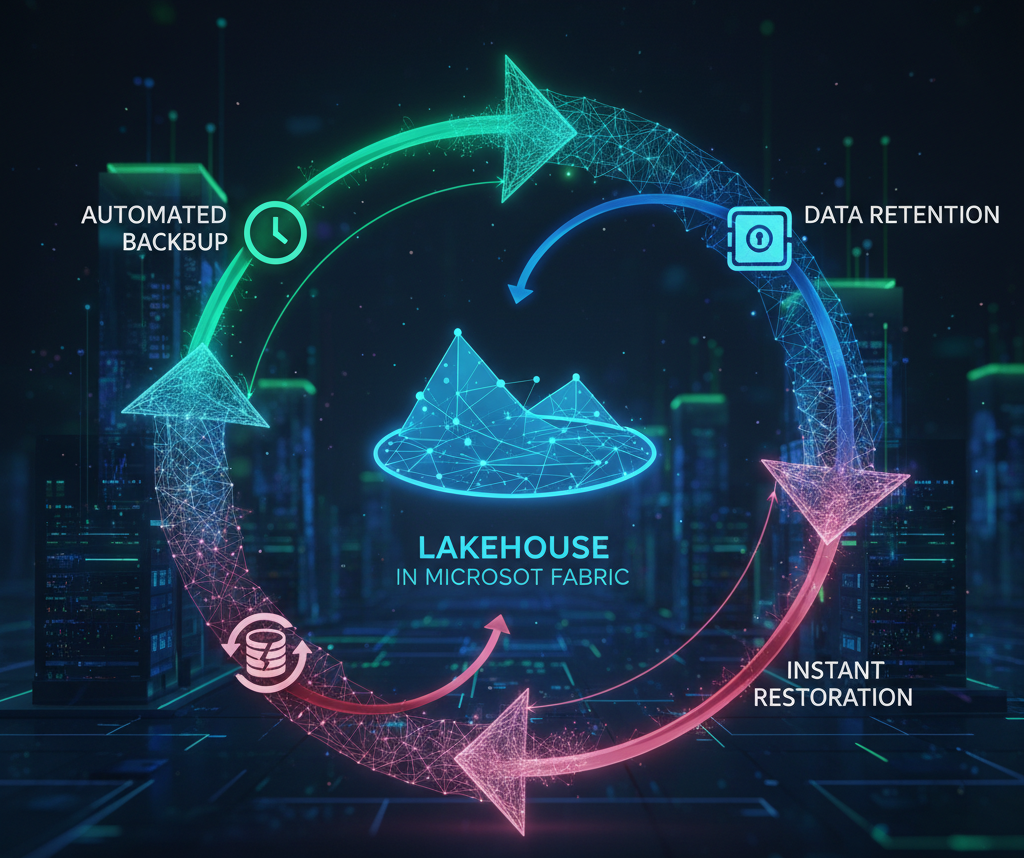Today’s businesses generate massive amounts of data—customer details, sales numbers, inventory updates, operational metrics, and more. But this information often lives in different places: spreadsheets, databases, SaaS applications, on-premises systems, and multiple cloud platforms. Managing it all quickly becomes complex.
Data platform services solve this challenge by bringing everything together.
What Data Platform Services Do
Data platform services unify your information into a single, connected ecosystem. Instead of searching across scattered systems, your data flows into one central platform where it can be stored, organized, secured, and analyzed.
These services handle all the technical heavy lifting—building the infrastructure, integrating data sources, ensuring performance, and protecting your data. You get a scalable, fully managed data environment without having to build and maintain it yourself.
Why Modern Businesses Need This
Data only generates value when it’s accessible and usable. When information is siloed, you lose visibility, miss important relationships, and make decisions based on incomplete insights.

Data platform services eliminate these silos. They consolidate all your information into one place so your teams can:
- Analyze data holistically
- Build better reports
- Identify trends and patterns
- Make faster, more informed decisions
Security is built in. Encryption, identity controls, and threat detection ensure your data remains protected while still being available to the people who need it.
What Makes Up a Data Platform
A modern data platform includes several core capabilities:
- Data Collection: Pulls information from all your sources—apps, databases, files, and more.
- Secure Storage: Keeps everything centralized and protected.
- Organization & Processing: Structures data so it’s easy to find and use.
- Analysis & Reporting: Provides tools for dashboards, insights, and business intelligence.
- Data Cleaning: Removes duplicates, fixes inconsistencies, and ensures accuracy.
- Scalability: Grows seamlessly as your business, customers, and data volumes expand.
Using Azure for Data Platforms
Many modern data platforms run on Microsoft Azure, which offers enterprise-grade tools for storage, analytics, security, and AI. With Azure, you don’t have to manage hardware or worry about capacity—Azure handles the infrastructure so you can focus on using your data to drive results.
SNP Technologies, Inc. specializes in designing and building Azure-based data platforms tailored to each organization’s needs. We centralize data, modernize architectures, and build secure, scalable systems that support both analytics and AI initiatives.
Real Business Benefits
Implementing a data platform delivers measurable results:
- Lower long-term costs by eliminating disconnected systems and reducing manual work
- Faster workflows—teams spend less time searching for data and more time using it
- More accurate, real-time insights
- Improved decision-making across the organization
- Better agility to respond quickly to market changes and opportunities
Reports that once took days can be generated in hours. Teams that used to rely on multiple people for answers can now get insights independently.
Getting Started with Data Platform Services
A successful data platform project begins with understanding your current landscape:
- Where does your data live today?
- How is it being used?
- What are your compliance and security requirements?
- Which insights matter most to your business?
Building a modern data platform also requires expertise in Azure architecture, data engineering, integration, security, and governance—which is why many organizations partner with experienced specialists.
Get Expert Help
SNP Technologies, Inc. builds secure, scalable data platforms on Azure for customers across diverse industries. We integrate analytics, AI, and best-practice security to deliver solutions that align with your business goals.
Ready to unlock the full value of your data?
Reach out to SNP Technologies, Inc. and discover how our data platform services can transform the way your business manages and uses information.










